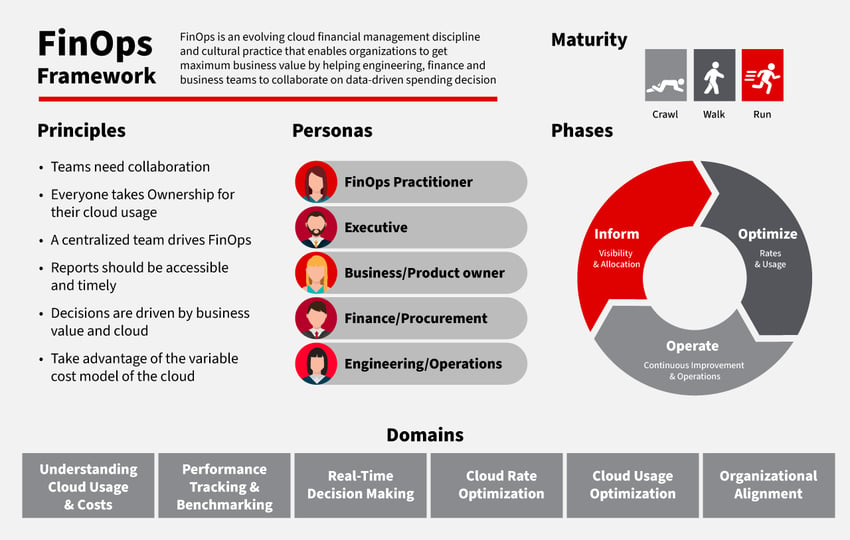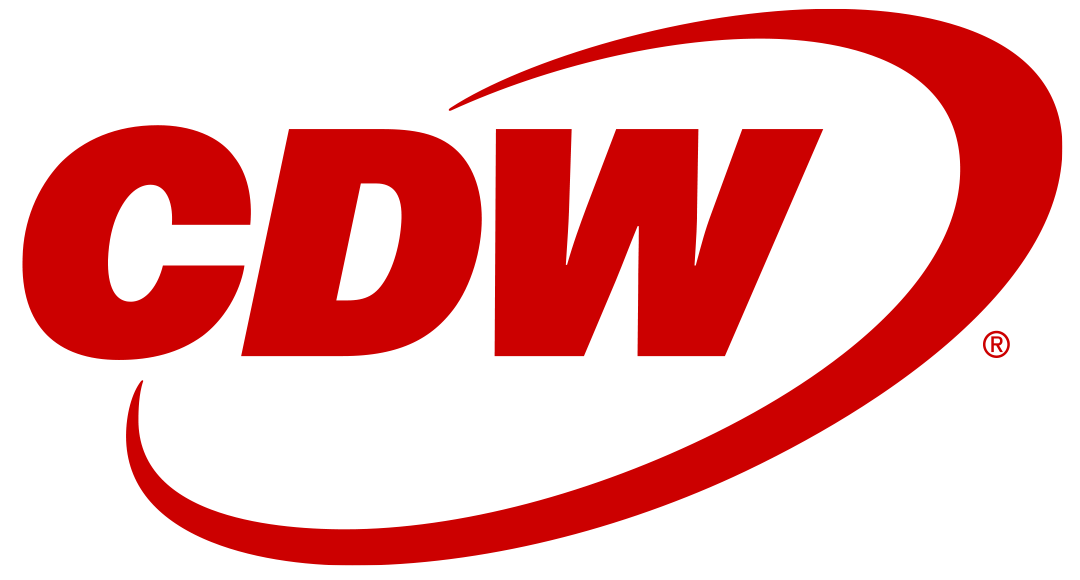
Cloud computing solves many challenges facing organizations of all shapes and sizes: nearly instantaneous deployment of infrastructure services, practically infinite scalability, and continuous global availability. It lies at the heart of modern digital transformation. In life, however, solving challenges through innovation often presents new ones. The ease of deployment of cloud computing combined with low startup costs and metered, utility-style billing can lead to costs spiraling out of control.
After DevOps brought about a cultural shift in how organizations develop, test, operate, and support software, other technology domains adopted some of the principles of DevOps. While we won’t go into all the history and principles of DevOps here (perhaps in a future blog), arguably the two most important principles are collaboration and automation. Traditional Network Engineering evolved into NetOps, Security Engineering into SecOps, Data Engineering into DataOps, etc. Just when you thought you were safe from any more [___]Ops, here comes yet another: FinOps.
That’s right: the practice of applying the principles of DevOps to cloud financial management gives us FinOps. You may choose to call such practices Cloud Cost Management, Cloud Finance Engineering, Cloud Financial Optimization, etc. (FinOps rolls off the tongue nicely though, doesn’t it?) Regardless of what you call it, the variable-cost utility model of cloud computing demands an innovative approach to managing costs compared to traditional on-prem (and/or co-located) solutions…an approach built upon a foundation of cross-functional collaboration and process automation.
The FinOps Foundation, a project of the Linux Foundation, has made it their mission to advance the discipline of FinOps and the people who practice it. They maintain best practices, provide educational resources, and offer a FinOps Certified Practitioner designation. It’s important to note that all the major Cloud Service Providers (CSPs), as well as companies who offer FinOps tools, participate as members. The FinOps Foundation publishes a FinOps Framework that encapsulates the discipline of FinOps.

The FinOps Framework describes the principles, personas, and phases of a FinOps practice. It also describes activities an organization will undertake for their practice. Because FinOps reflects an iterative process, this framework presents a crawl-walk-run maturity model reflecting a culture of continuous improvement.
Don’t confuse the FinOps maturity model with your cloud maturity model. Most organizations beginning their FinOps journey (‘crawling’) have a relatively mature cloud practice (‘running’). While it’s never too late to start a FinOps practice, it’s also never too early. For organizations just starting their cloud journey, adopting a FinOps culture sooner rather than waiting until the cloud practice is ‘Walking’ or ‘Running’ will help keep cloud growth in lock step with their business.
As you can see from the diagram, many cross-functional roles contribute to the practice of FinOps. Aligning these functions under a centralized FinOps team requires careful planning and buy-in from stakeholders. It may be tempting to make FinOps the responsibility of a Cloud Center of Excellence (CCoE), but it should be its own function. The FinOps team consists of a FinOps Practitioner: a subject matter expert in FinOps who acts as the group process facilitator, an executive sponsor, one or more business/product owners, representatives from Finance and/or Procurement, and software engineering and/or IT operations resources. While you may have some overlap with personas participating in both CCoE and FinOps, collaboration across organizational/business functions is key.
FinOps is a data-driven discipline, and the FinOps team requires ready access to timely reporting. Automation is key in this. Decision-making can also be automated, set by agreed-upon policies that align with business needs. As organizations mature from ‘Crawl’ through ‘Walk’ and finally to ‘Run’, the level of FinOps-driven automation tends to increase as well. Knowing the capabilities of CSPs also plays an important role in informing decisions and setting policy direction. CSPs launch new services, phase out the old, adjust billing and consumption policies, etc.
When you are ready to unlock even more ROI from your AWS cloud deployment, consider the CDW FinOps Accelerator for AWS. With this service, we will help you accelerate the maturity of your FinOps practice, enabling you with the necessary insights and actions in these areas:
- Understanding cloud usage and cost - “What are we spending on the cloud, what are we using, and who is paying for it?”
- Performance tracking & benchmarking - “How does our cloud consumption align with our strategic and organizational goals?”
- Real-time decision making - “What immediate actions can we take to ensure our cloud usage aligns with our goals?”
- Cloud rate optimization - “How can we optimize our cloud pricing model or procurement strategies for improved cost performance?”
- Cloud usage optimization - “How can we better adjust our cloud resource utilization and scheduling to align with our organizational goals?”
- Organizational alignment - “What changes or integrations can be implemented to enhance the overall effectiveness of our cloud utilization?”
Our team of AWS consultants and FinOps experts can help you adopt a FinOps practice and make the most of your AWS investments. Contact us today to learn more.
1 Fill in the blank
2 FinOps Framework by FinOps Foundation, [used under cc-by 4.0 license]

